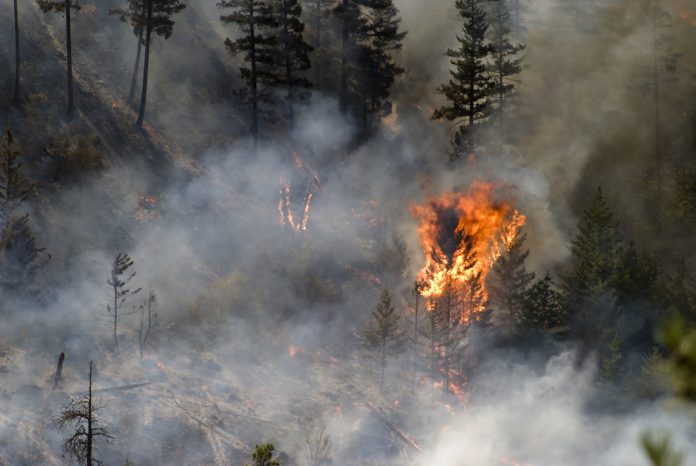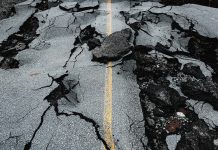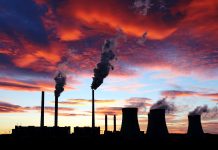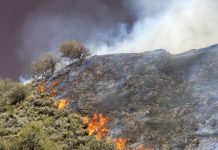Fort Nelson, British Columbia, is under severe threat from the out-of-control Parker Lake wildfire, which has forced thousands of residents to evacuate
With strong westerly winds and dry conditions forecasted, the next 48 hours are expected to be crucial for the town’s fate.
Active wildfires in Canada
British Columbia officials have expressed deep concern as the fire, which started on Friday, has nearly doubled in size to cover 4,136 hectares (10,220 acres).
The wildfire season in Canada has begun with extreme intensity, following a record year in 2023 that saw numerous wildfires, extensive smoke spreading into the United States, and significant evacuations. Although there were no civilian casualties last year, four firefighters lost their lives battling the blazes. This year, the Parker Lake fire has already led to the evacuation of Fort Nelson General Hospital, which has been safely closed until further notice.
Where is affected by Canada’s wildfires?
As well as the crisis in Fort Nelson, fires are spreading across other parts of Canada. In Alberta, wildfires are burning near Fort McMurray and Grande Prairie.
The regional city of Wood Buffalo in northeastern Alberta has maintained an alert for Fort McMurray residents, advising them to be ready to evacuate on short notice.
The fire there, located about 16 kilometres (10 miles) to the southwest, has reached 55 square kilometres (22 square miles) in size.
Manitoba is also struggling with wildfires, prompting the evacuation of about 500 people from the community of Cranberry Portage, approximately 700 kilometres (434 miles) northwest of Winnipeg.
Additional blazes in western Manitoba have forced residents near Flin Flon and The Pas to evacuate. The fires have resulted in air-quality alerts spanning from British Columbia to Manitoba, with poor air quality warnings issued across Alberta and Saskatchewan as well.
Why are wildfires breaking out in Canada?
Canada is experiencing warmer-than-average winters with less snowfall, this means that there are drier conditions leading into spring and summer. This isn’t just a recent issue, dryness from previous years has meant some areas are experiencing ongoing droughts.
As the winters get warmer the summer and spring are also predicted to be hotter than normal, this combination of dryness and heat creates the perfect conditions for wildfires to ignite and spread.
The early season’s major wildfires have spread to approximately 10,000 hectares (24,710 acres) across Western Canada, with authorities continuing to warn about the potential for further spread and the associated poor air quality.
Climate change is the overall majority contributing factor to the more frequent and intense wildfires.











